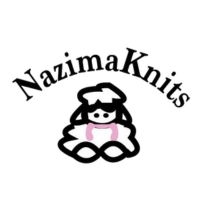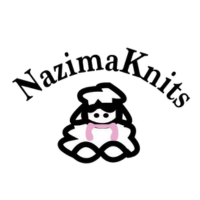Beginner's Guide to Crochet Stitches: Master the Basics and Create Beautiful Projects
Beginner's Guide to Crochet Stitches: Master the Basics and Create Beautiful Project
Crochet stitching is a centuries-old, beloved pastime. This craft allows one to express creativity, relax and produce items like scarves, blankets, hats, and more. To fully grasp the fundamentals of crochet stitching, understanding the intricacies of perplexity and burstiness is essential. This guide aims to teach beginners the essential stitches and tips for enhancing their abilities.
What is Crochet?
Crochet is a technique used to create yarn-based fabrics utilizing a crochet hook, and it distinguishes itself from knitting by only utilizing one hook instead of two needles. This skill can be used to make an array of items such as clothing, home decor, and accessories.
The art of crochet stitching has gained immense popularity in recent years, thanks to its versatility in producing intricate lace doilies to chunky blankets, making it a treasured hobby that can help one destress and unwind.
Essential Crochet Tools
Before beginning any crochet project, the tools necessary must be gathered. The most important tool required is a crochet hook. Other tools necessary include yarn, scissors, and a tapestry needle. Additionally, it's advisable to have a stitch marker and row counter to track progress.
Crochet Stitches for Beginners
There are many different stitches in crochet; however, as a beginner, it is best to start with the basics. Three crucial stitches to learn are:
- Single Crochet
The single crochet stitch is the foundation of most crochet projects. It produces a tight, dense fabric and is ideal for items such as washcloths or coasters. To make a single crochet stitch, insert the hook into the next stitch, yarn over, and pull up a loop. Yarn over again and pull through both loops on the hook.
- Double Crochet
The double crochet stitch is a bit taller than the single crochet stitch and creates a looser fabric. It is excellent for producing blankets, scarves, and hats. To make a double crochet stitch, yarn over, insert the hook into the next stitch, yarn over, and pull up a loop. Yarn over again and pull through the first two loops on the hook. Yarn over again and pull through the last two loops on the hook.
- Treble Crochet
The treble crochet stitch is even taller than the double crochet stitch and creates a very loose fabric. It is perfect for producing lacy shawls or curtains. To make a treble crochet stitch, yarn over twice, insert the hook into the next stitch, yarn over, and pull up a loop. Yarn over again and pull through the first two loops on the hook. Yarn over again and pull through the next two loops on the hook. Yarn over again and pull through the last two loops on the hook.
How to Read Crochet Patterns
Crochet patterns utilize a combination of symbols and abbreviations to represent different stitches and techniques. Initially, this can be confusing, but with practice, one can become more familiar with the symbols and abbreviations. Pay attention to the gauge when reading a crochet pattern, which is the number of stitches per inch. This ensures that the finished project is the correct size.

Common Crochet Mistakes and How to Avoid Them
As a beginner, it's normal to make mistakes. Here are some common mistakes and how to avoid them:
- Tension problems: Make sure you're not pulling your stitches too tight or too loose. Practice will help you find the right tension for your crochet.
- Skipping stitches: Be sure to count your stitches and not skip any. Skipping stitches can cause your project to be uneven and wonky.
- Not weaving in your ends: When you change colors or finish your project, make sure to weave in your ends to prevent your project from unraveling.
- Not using the right hook size: Using the wrong hook size can affect the gauge of your project. Be sure to use the hook size recommended in your pattern.
- Not reading the pattern carefully: Make sure to read the pattern carefully before starting your project. This will help you understand the instructions and avoid mistakes.
- Crocheting too tightly: Crocheting too tightly can make it difficult to work on your project and can affect the final result. Try to relax your grip on the hook and yarn.
- Not checking your gauge: Checking your gauge is important to ensure that your project will turn out the right size. Make a swatch and measure it before starting your project.
- Using the wrong yarn: Using the wrong yarn can affect the drape, texture, and overall look of your project. Be sure to use the yarn recommended in your pattern or a similar substitute.
By being aware of these common mistakes and taking steps to avoid them, you can improve your crochet skills and create beautiful projects.

